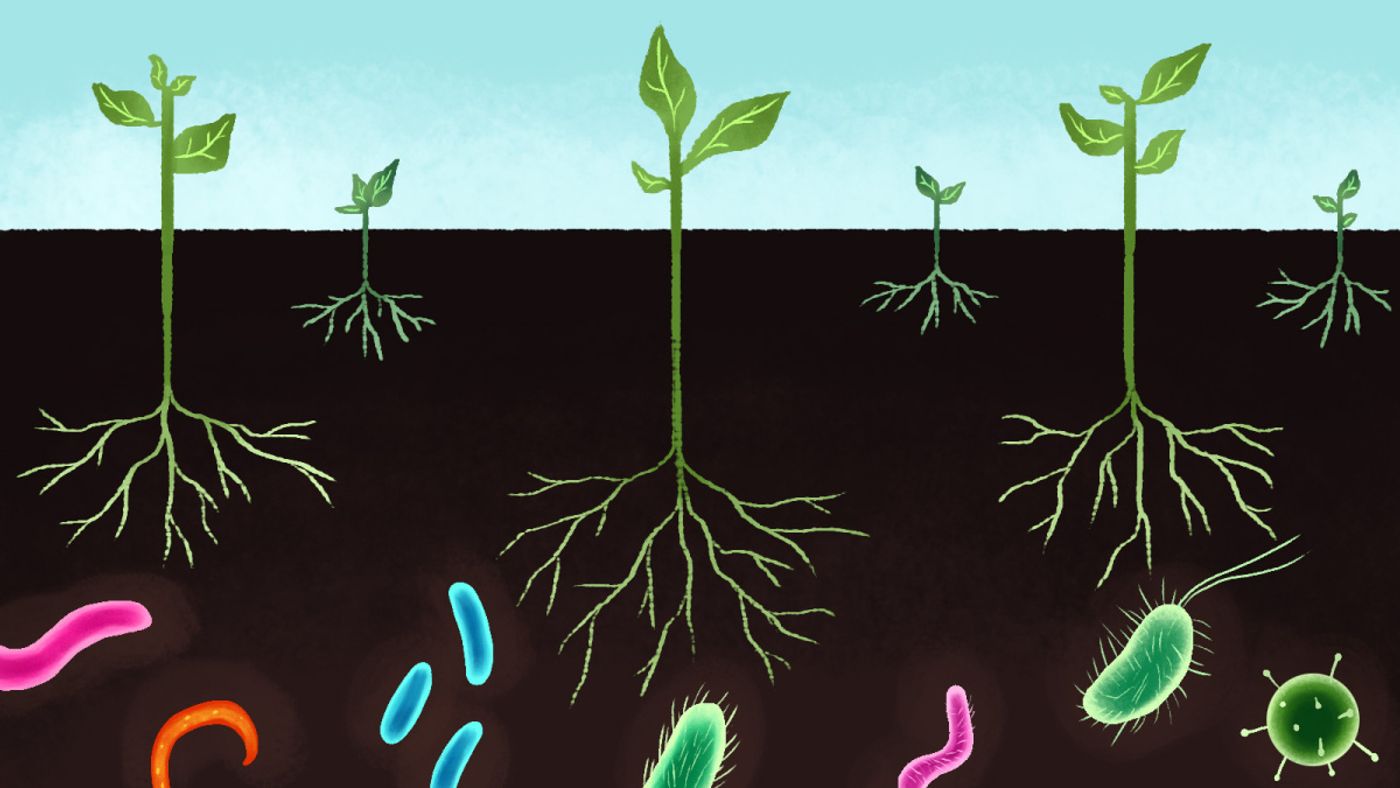Do you know what your antibiotics are doing to the environment?
A new review study published in Microchemical Journal is taking a broad look at the effects of our antibiotics making their way into the environment. We are seeing more and more presence of antibiotics in water and soil systems for two reasons: 1) we use more antibiotics than ever before and 2) because our bodies can only metabolize some of the drugs, much of the actual drug we excrete into wastewater, and our treatment plants aren’t able to remove those pharmaceutical compounds before they reach other environments. But what’s the big deal about antibiotic compounds in nature, right?
Well, turns out that these compounds can accumulate in water and soil systems and greatly harm the natural microbe communities that live there. While we may not be able to see everything that microbes do for us and our world, have no doubt that they play a crucial role in many ecosystem services. Some work in biogeochemical cycling, some in primary production, some in climate regulation and some in decomposing organic contaminants like pesticides. These roles are all imperative for maintaining the fragile balance of our world, and antibiotics are threatening that equilibrium.
The review study describes that there are several factors that can influence how an antibiotic affects the environment. These include the antibiotic's concentration, the exposure time, the receiving ecosystem (e.g. soil or water) and the co-occurrence of other antibiotics and or other contaminants. All of these aspects go into forming the type of impact that an antibiotic has, which can be classified as a direct (short-term) or indirect (long-term) impact. Direct impacts include bactericide and bacteriostatic actions, “with a consequent disappearance of some microbial populations and their ecological functioning,” the study explains. Indirect impacts revolve around the development of antibiotic resistant bacteria. Unfortunately, writes the study, “biodegradation makes it possible to completely remove a toxic compound from the environment if it is mineralized.”
One of the main scientists leading the review, Dr. Paola Grenni, says that antibiotics for humans aren’t the only problem. Many of the antibiotics leaking their way into our water and soil are used on animals including cattle, pigs, and poultry.
"The amount of antibiotics is very, very low -- there are normally nanograms per liter of these molecules found in natural environments," said Dr. Grenni, who is a microbial ecologist at the National Research Council's Water Research Institute in Italy. "But the antibiotics and also other pharmaceuticals can have an effect even in low concentrations, the so-called environmental side-effects."
Dr. Grenni and her colleagues are insistent that we need to upgrade the regulations for what can and cannot be released into the environment. Additionally, it is critical that treatment plants improve their ability to detect and eliminate pharmaceutical compounds. But if you’re looking to do your small part, she urges that every individual can help by making sure to only use antibiotics when you really need them and by properly disposing of expired medications.
Sources: Microchemical Journal, Science Daily









